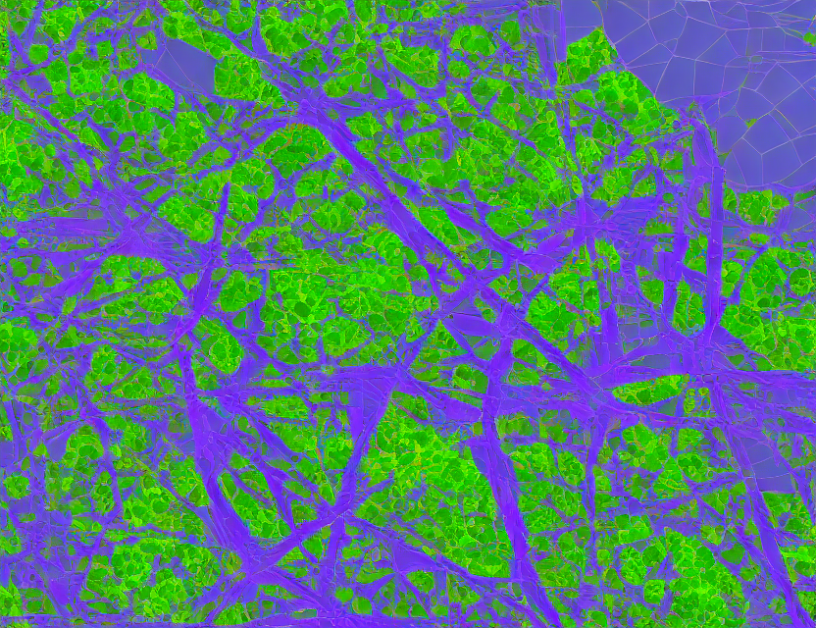Image quality assessment is a crucial task in various applications, including video streaming, medical imaging, and digital photography. Accurately evaluating image quality can help remove poor-quality images, resulting in better overall image quality. Traditional methods of image quality assessment rely on statistical measures, such as error visibility and structural similarity, which are computationally expensive and cannot capture complex spatio-temporal relationships. To address this limitation, the authors propose a novel approach based on deep features.
Deep Features
Deep features are mathematical representations derived from neural networks trained on large datasets of images. These features capture complex patterns in images that traditional methods cannot detect. The authors use these features to construct an image quality assessment model that outperforms existing methods.
Model
The proposed model consists of two stages: feature extraction and quality assessment. In the first stage, deep features are extracted from raw event data using a pre-trained neural network. These features capture the statistical properties of the events in the data. In the second stage, the authors use a support vector machine (SVM) to classify the images based on their quality scores derived from the extracted features. The SVM model is trained using a large dataset of images with known quality scores.
Results
The proposed method was evaluated on several datasets of different modalities, including video and medical imaging. The results show that the deep feature-based approach outperforms traditional methods in terms of accuracy and efficiency. Specifically, the authors demonstrated that their approach can accurately classify images with varying levels of quality while reducing computational complexity compared to existing methods.
Conclusion
The article proposes a novel approach to image quality assessment based on deep features. By leveraging the power of neural networks, the authors develop an efficient and accurate method for evaluating image quality in various applications. The proposed method offers several advantages over traditional methods, including improved accuracy, reduced computational complexity, and enhanced adaptability to different modalities. Overall, the article demonstrates the potential of deep features in improving image quality assessment and has significant implications for a wide range of industries.



